1. Canned Soup
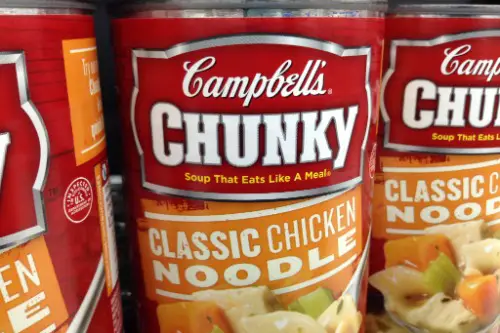
Everyone says they love a good can of Campbell’s chicken noodle, especially when reminiscing about childhood. But most of those cans end up sitting in the pantry until someone catches the flu or there’s a snowstorm. Canned soup is shelf-stable and comforting, which makes it a go-to when fresh ingredients aren’t an option. Otherwise, it’s largely forgotten in favor of fresh or homemade meals.
The irony? People swear it’s a household staple, yet they rarely touch it unless there’s a power outage or they’re too sick to cook. Even then, some folks admit to keeping it mostly “just in case.” It’s loved in theory—but more like an edible backup plan.
2. Flashlights
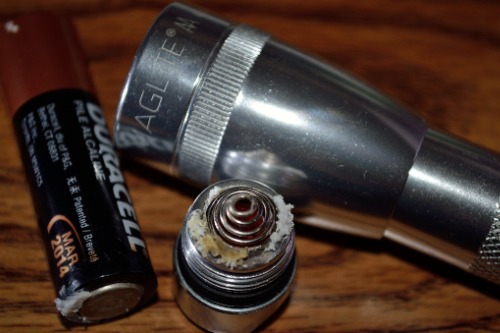
You’ll find flashlights in most American households, often buried in a junk drawer or under the sink. Everyone agrees they’re essential, but they’re only hunted down when the power goes out. Otherwise, the flashlight app on the phone does most of the heavy lifting. It’s hard to remember the last time someone reached for a real one just for convenience.
That said, people still insist on owning a few, “just to be safe.” They’re bought in multi-packs during hurricane season or camping sales, then promptly forgotten. It’s not until batteries are dead mid-crisis that their neglect becomes obvious. So yes, people love the idea of flashlights—but only when candles won’t cut it.
3. Landline Phones

Some households still cling to landlines as a symbol of stability and nostalgia. They’re often touted as being more reliable during emergencies, especially when cell towers go down. But let’s be real—most people haven’t used them for a casual call in years. In fact, many only realize the phone still works when the robocalls start ringing during dinner.
Landlines are held up as this safety net, especially for older relatives or rural homes. Yet, they collect dust 364 days a year. They’re only appreciated when cell service is out or 911 needs a more exact location. Otherwise, they’re glorified paperweights.
4. First Aid Kits
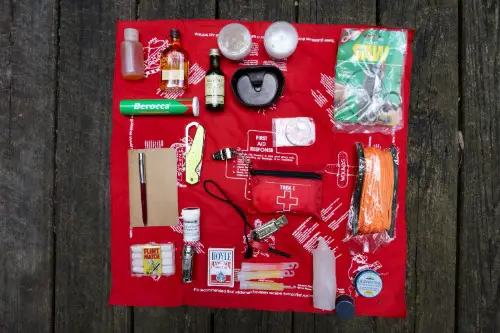
Americans love to feel prepared, which is why first aid kits are such a common household item. They’re purchased with good intentions—often during back-to-school season or after a scary news story. But unless someone gets a serious cut or burn, most people forget they even own one. The Band-Aids go missing, and the antiseptic expires quietly in the background.
When accidents happen, people scramble to find where they last saw the kit. It’s usually stuffed in a closet or car trunk, half-empty or outdated. Still, everyone swears it’s something “you just have to have.” It’s valued more for peace of mind than actual use.
5. Space Heaters
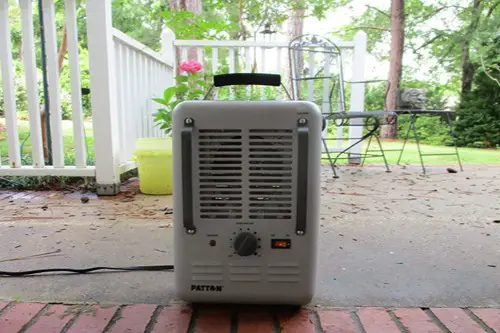
When winter hits hard, Americans suddenly remember they own space heaters. They drag them out of closets or basements with a mix of desperation and hope. For the rest of the year, they’re just clutter that people trip over or store behind holiday decorations. It’s definitely a love-hate relationship.
People praise their ability to warm up a freezing room fast—but only use them when the central heat fails or isn’t enough. They’re also known fire hazards, so most folks avoid regular use. Still, when the polar vortex rolls in, they become household heroes. Until then, they’re just hibernating appliances.
6. Roadside Emergency Kits
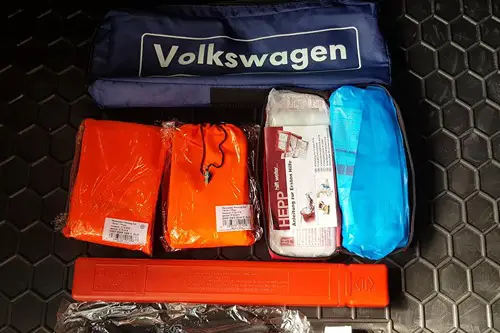
These are another one of those items people proudly keep in their trunk. The jumper cables, reflective triangles, and fix-a-flat canister all seem so grown-up and responsible. But ask around, and you’ll find most people haven’t opened the kit since they bought it. It’s only touched when the car breaks down or gets stuck in a ditch.
People love the idea of being prepared on the road. But between AAA memberships and smartphones, these kits are often overlooked. When they’re finally used, it’s usually in a frantic, stressful situation. Still, most would never travel without one—it’s emotional insurance.
7. Emergency Water Jugs
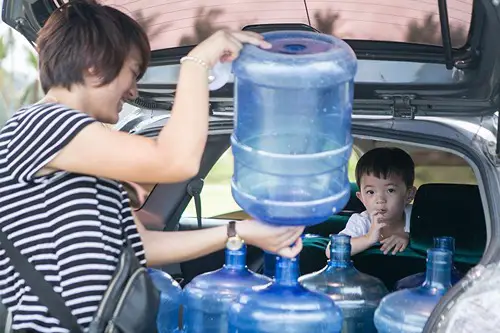
Emergency preparedness guides recommend at least a gallon of water per person per day for three days. So, many Americans keep giant water jugs in their basements or garages. But outside of a boil-water advisory or natural disaster, they’re rarely opened. Some even forget they have them until spring cleaning.
People say it’s comforting to know the water is there, especially in areas prone to hurricanes or earthquakes. Yet, the same people often reach for bottled water or their tap instead. The jugs remain sealed, aging quietly behind the paint cans. They’re beloved in theory—ignored in practice.
8. Snow Shovels
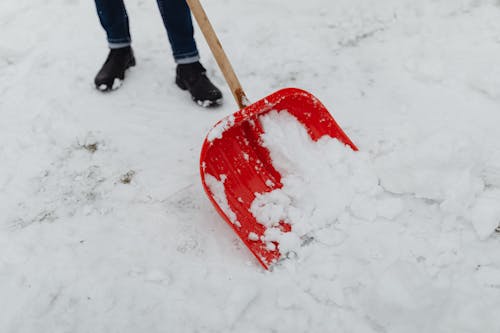
In snowy parts of the country, snow shovels are proudly leaned against garage walls like trophies. But when winter is mild or people are busy, they rarely see action. Most folks opt to wait for the plow or just drive over the snow until it packs down. Even when used, it’s often only after a heavy storm has already blocked the path.
They’re often bought in a panic before a big forecast and then forgotten by March. People love having them “just in case,” but hate actually using them. Still, they’re treated as essential winter gear—even in states where it barely snows. Seasonal necessity trumps actual frequency.
9. Battery-Powered Radios
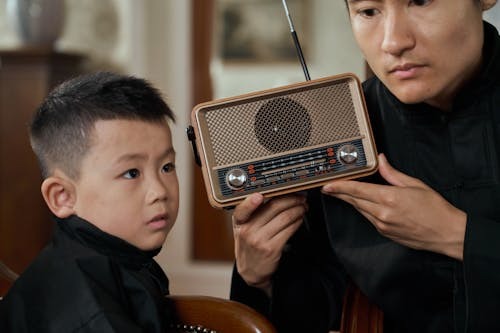
These pop up on every emergency preparedness list and are bought with the best of intentions. Americans often stash them away with extra batteries, thinking of tornadoes or power grid failures. But when’s the last time you saw someone actually listening to AM/FM radio during a storm? Exactly.
They’re used only when phones die and Wi-Fi is out, which is increasingly rare. Still, people keep buying them because FEMA and Red Cross recommend it. They symbolize resilience—but mostly live in storage bins. They’re more of a backup to a backup.
10. Generators
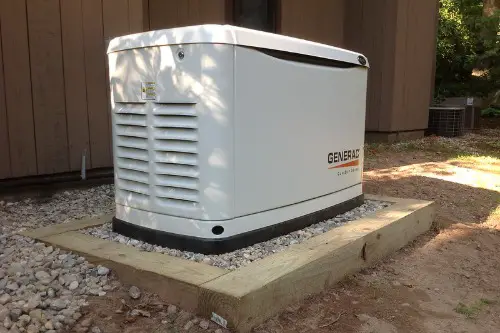
Generators are one of those big-ticket items Americans say they must have—especially after a rough storm season. They’re lifesavers during blackouts, keeping the fridge cold and the sump pump running. But when the power’s working, they just sit in the garage gathering dust. They’re noisy, high-maintenance, and often intimidating to operate.
Still, homeowners swear by them and tell others to “definitely get one.” That said, many don’t even test them annually, which leads to last-minute panic during outages. They’re praised in Facebook groups, but often ignored IRL. It’s that weird mix of love and neglect.
11. Emergency Blankets
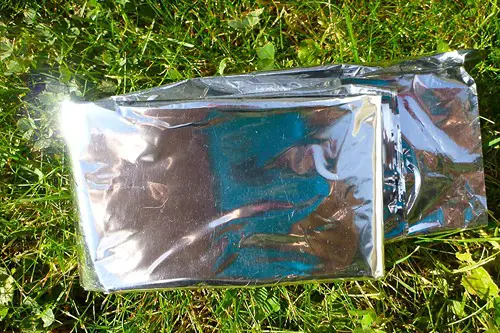
You’ve probably seen those shiny, crinkly space blankets in survival kits or car trunks. They’re cheap, compact, and designed to trap body heat—perfect in theory. But outside of a camping trip gone wrong or an unexpected car breakdown, they almost never see use. Some folks forget they even own one.
They’re praised as essentials, especially in cold-weather states. But most people rely on regular blankets or coats first. These foil sheets are more “reassurance” than resource. Until they’re needed, they remain unopened and unloved.
12. Disposable Face Masks

Before 2020, disposable masks were mostly used in hospitals or dusty garage projects. Now, everyone has a stash left over from the pandemic—just in case. But most people stopped using them regularly once mandates ended. They’re now reserved for plane rides, doctors’ visits, or high-allergy days.
People still say they’re important to keep around, especially with flu seasons or travel in mind. But unless there’s a new outbreak or personal health scare, the box stays untouched. Some are even expired or buried under other medicine cabinet clutter. It’s a precaution we say we value—until life feels normal again.
13. Fire Extinguishers
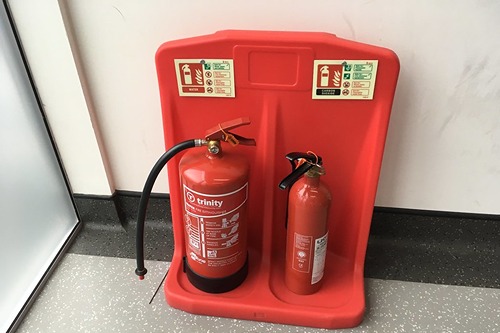
Every home and apartment is supposed to have one—and many do. But the average person has no idea if theirs is expired or still works. It’s a tool people love to point to and say, “We’re covered.” Until, of course, there’s an actual fire.
Fire extinguishers are the very definition of “emergency use only.” They sit quietly under sinks or in laundry rooms, collecting dust. No one practices with them, and few remember the PASS technique. They’re admired for the peace of mind—but barely touched.
14. Manual Can Openers
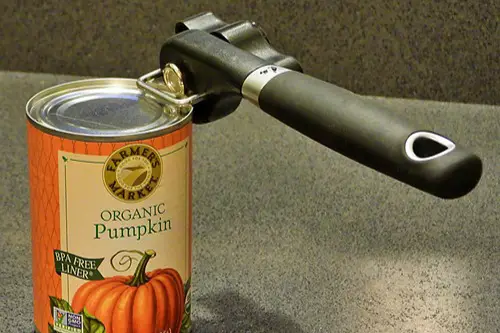
As electric can openers and pull-tab lids have taken over, the humble manual version has become an emergency tool. It’s a must-have if the power goes out, but rarely used otherwise. Most Americans own one, but couldn’t tell you where it is without a scavenger hunt. That becomes a real issue when dinner is trapped inside a can of beans during a blackout.
People still swear by them in prepper communities and online forums. But day-to-day, they rely on gadgets or convenience packaging. Manual openers are beloved for their rugged usefulness, but hardly ever needed. Until they are, and then they’re a lifesaver.
15. Emergency Contact Lists
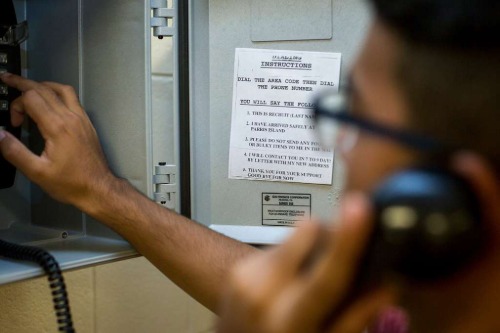
Back in the day, these were tacked to the fridge or kept in wallets. Now, most people rely entirely on their phones. But in an emergency when your battery dies or you’re helping someone else, those contacts become crucial. Unfortunately, very few people update them anymore.
They’re still recommended by schools, doctors, and safety officials. People nod and agree—then never actually write one out. It’s a tool everyone agrees is smart, but hardly anyone maintains. Until you need it, and suddenly it’s priceless.
This post 15 Things Americans Say They Love—But Only Use in Emergencies was first published on American Charm.


